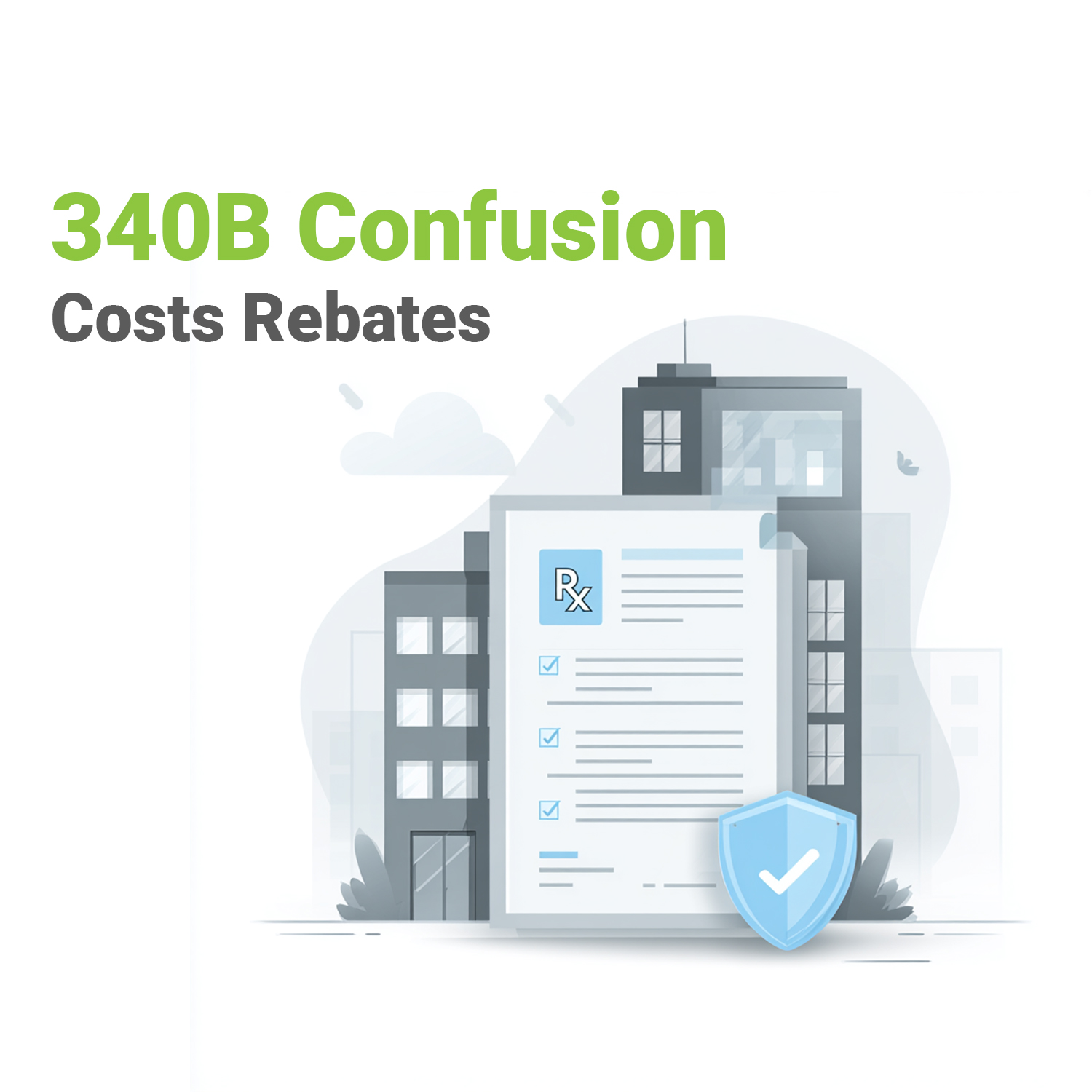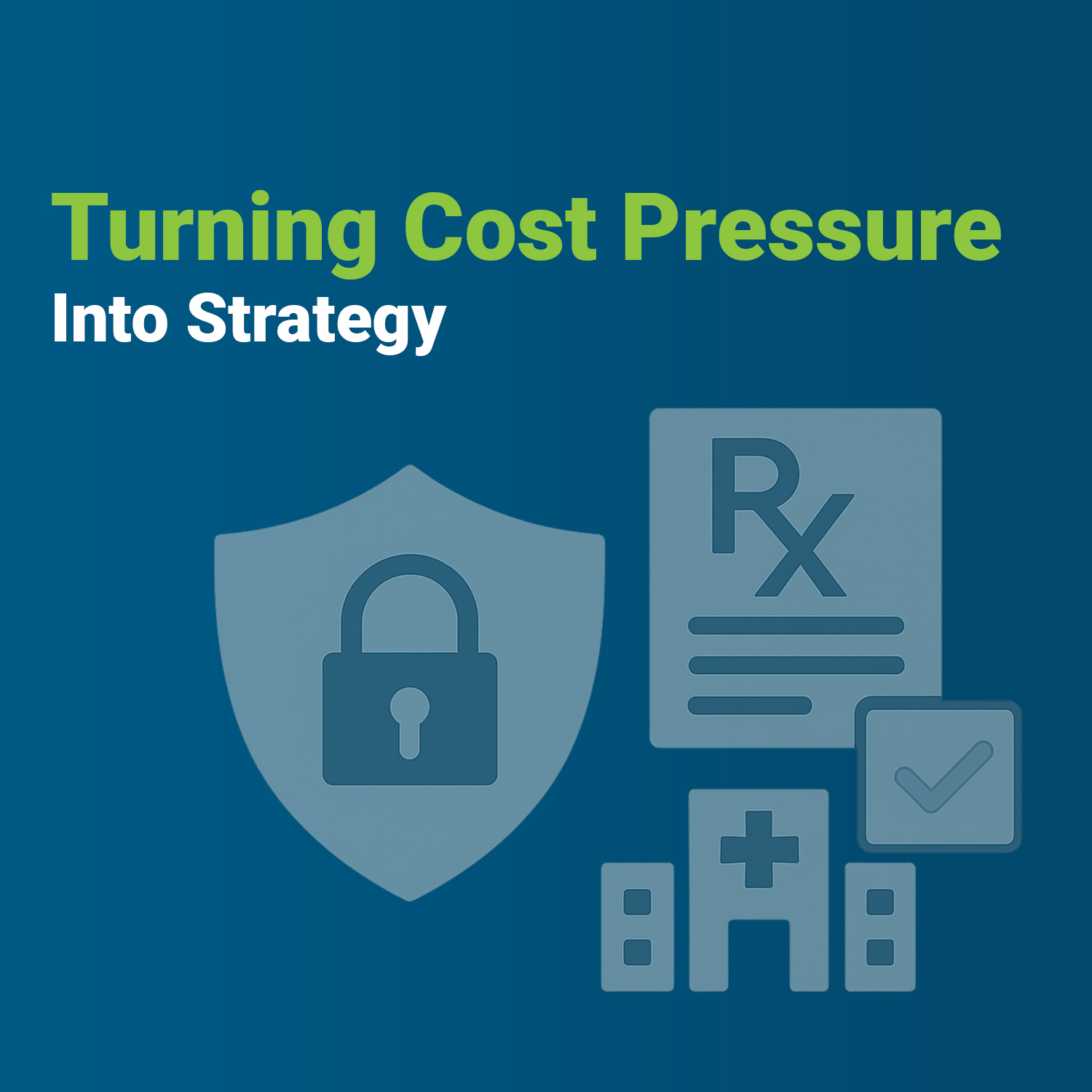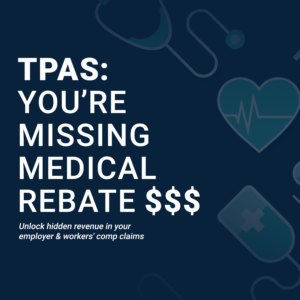Drug prices always go up.
It would seem to follow: new drugs are expensive to produce, thus the regular introduction of new drugs would exert strong pressure on drug spending to head higher and higher.
Looking at the data, that’s not what’s actually happening here in the third decade of the 21st century. Drug prices don’t always go up.
Thanks to the recent and comprehensive report Prescription Drugs: Spending, Use, and Prices from the non-partisan Congressional Budget Office (CBO), we can see that, in fact, drug prices do not always rise. Due to the rise of popularity and availability of generic prescription drugs, overall costs through much of the current century have been trending downward.
The one exception to this downward trend was in 2013-2015 following the approval and embrace of a new class of drugs that were highly effective against hepatitis C, which drove prices higher during that period. In 2016-2018, the trend line returned to its downward-facing trend.
That’s not to say that we’ve reached a permanent state of ever-lowering drug costs. Surely other new drugs that address widespread diseases or conditions are likely to repeat the price pressure of the hepatitis C drugs. But, overall, with many of the chronic conditions faced by most Americans now treatable with lower-cost generics, the long-range outlook is for lowering costs.
To get a better sense of where we’ve been and where we’re headed, it’s helpful to break out two periods: 1995 – 2013 and the years since 2013.
Trends in prescription drug spending over the 1995–2013 period
As the CBO reports, “Spending on prescription drugs rose particularly rapidly after 1995 as a number of drugs reached blockbuster status. That wave of blockbuster drugs consisted of top sellers that were in high demand because they offered new treatments for relatively common health conditions.
“The most prominent of those drugs were statins for high cholesterol, ACE inhibitors for high blood pressure, proton-pump inhibitors for acid reflux and gastric ulcers, and antidepressants and antipsychotics for mental illnesses.
“When the patents on those drugs began to expire—an event often referred to as the patent cliff—lower-priced generic substitutes were introduced and gained market share. In the midst of that shift, the Medicare Part D program was created, which both increased access to prescription drugs for Medicare beneficiaries and contributed to the shift from brand-name drugs to generic alternatives. As a result, per capita spending on prescription drugs leveled off at about $940 in the mid-2000s and then fell to $900 by 2013, and the share of overall health care spending for prescription drugs peaked at 10.5 percent in 2006 and then fell to 9.2 percent in 2013. “
Trends in prescription drug spending since 2013
Again, from the CBO report, “Spending on prescription drugs increased again over the 2013–2015 period before leveling off thereafter. A key factor in that increase was the introduction, at the end of 2013, of a class of specialty drugs that treat hepatitis C. The drugs for hepatitis C were introduced at particularly high prices. Insurers and patients may have been willing to pay those prices because of the enormous clinical benefits those drugs offer when compared with older therapies (they successfully treat about 95 percent of patients with chronic hepatitis C infection) and the stiff demand for that kind of therapy. However, the patient population for that class of drugs is larger than that for many specialty drugs, leading to a larger impact on spending than would have occurred for a similarly priced drug that treats a smaller patient population.
“Implementation of the insurance expansions under the Affordable Care Act (ACA) also occurred during this period. Researchers have found that new take-up of Medicaid in states that expanded coverage under the terms of the ACA was associated with greater use of prescription drugs because those benefits reduced out-of-pocket spending for the previously uninsured and also tended to be more generous than previous sources of coverage.
“Take-up of marketplace health insurance options under the insurance expansions may have been associated with a similar response. However, overall use of prescriptions in the Medicaid program did not grow faster in the years immediately following the insurance expansions than it did in prior years, suggesting that the expansions were not a key driver of the increase in spending on prescription drugs over that period.”
—
In 2022, the non-partisan Congressional Budget Office (CBO) of the United States issued a landmark study that tracks the use of prescription drugs, their costs and their benefits.
In the overview article, we look at the general trends identified by the CBO over the past 40 years. Subsequent articles dive in deeper
—
Read more:
- Prescription Drugs: Spending, Use, and Prices (Congressional Budget Office)
- Download the full report (Congressional Budget Office)






